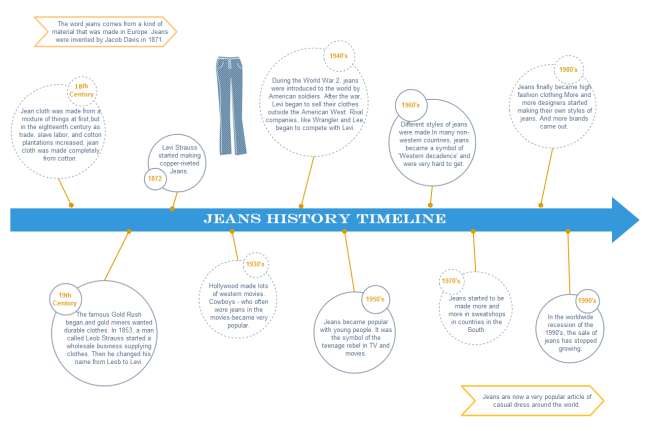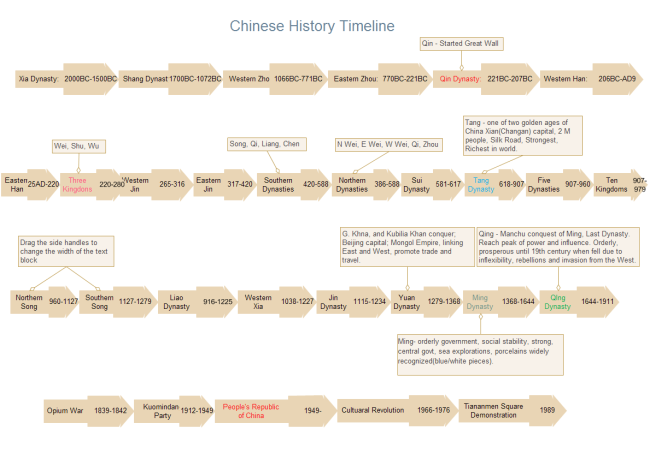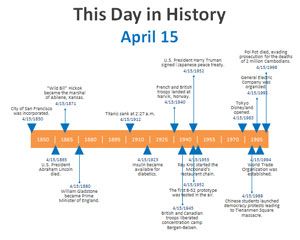
More info See in Glossary perfect rendering, and an integrated post-processing solution. Pixel lighting is calculated at every screen pixel. Pixel size depends on your screen resolution. URP also includes an optimized 2D renderer complete with 2D lights and pixel The smallest unit in a computer image.
Free 3d history timeline template free templates full#
Post-Processing stack - The post-processing Stack enables artists and designers to apply full -screen filters to scenes A Scene contains the environments and menus of your game.SRP - For more information, see documentation on the Scriptable Render Pipeline in the SRP GitHub repository.This Template adds the following features to your Project:


This Template also includes the new post-processing stack, several Presets to jump start development, and example content. More info See in Glossary pipeline that includes advanced material types and a configurable hybrid tile/cluster deferred/forward lighting architecture. By default, the main camera in Unity renders its view to the screen. This template is built using the Scriptable Render Pipeline (SRP), a modern rendering The process of drawing graphics to the screen (or to a render texture). More info See in Glossary Model 5.0 (DX11 and above). High Definition RP (Preview)Ĭonfigures Project settings for Projects that use high-end platforms that support Shader A program that runs on the GPU. More info post processing, postprocessing, postprocess See in Glossary in the post-processing GitHub repository. You can use post-processing effects to simulate physical camera and film properties, for example Bloom and Depth of Field. This Project type includes the new post-processing stack, several Presets to jump-start development, and example content.įor more information on post-processing, see documentation on post-processing A process that improves product visuals by applying filters and effects before the image appears on screen. 3D With ExtrasĬonfigures Project settings for 3D apps that use Unity’s built-in renderer and post-processing features. 3DĬonfigures Project settings for 3D apps that use Unity’s built-in rendering pipeline. More info See in Glossary, Lighting, and Orthographic Camera. You use the Scene View to select and position scenery, characters, cameras, lights, and all other types of Game Object. More info See in Glossary, Scene View An interactive view into the world you are creating. Unity provides a Sprite Packer utility to automate the process of generating atlases from the individual sprite textures. More info See in Glossary for 2D apps, including Texture (Image) Import, Sprite Packer A facility that packs graphics from several sprite textures tightly together within a single texture known as an atlas. 2DĬonfigures Project settings A broad collection of settings which allow you to configure how Physics, Audio, Networking, Graphics, Input and many other areas of your project behave. Unity provides the following templates, which you can use to initialize your Project. Project Templates drop-down selection Template types


When you create a Project, you select a Template with which to initialize your Project. Using Templates introduces you to settings that you might not have discovered, and to features such as Scriptable Render Pipelines, Shader Graph, and Post Processing. Templates speed up the process of preparing the initial Project, a target game-type or level of visual fidelity. These settings are optimized for 2D and 3D Projects across the full range of platforms that Unity supports. Project Templates provide preselected settings based on common best practices for different types of Projects.


 0 kommentar(er)
0 kommentar(er)
